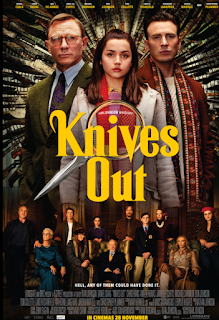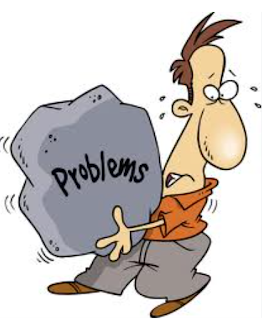Genre Research: Mystery
Hey there again, I am back with the last final genre the group has chosen to research which is mystery.
High-angle shots, low-angle shots, and long shots are common in mystery movies. Common camera movements would be, long tracking shots and tight tracking shots. Common shots would be, Close-ups, medium shots, and wide shots.
Common Mis-En-Scenes would be foreboding settings like mysterious environments, such as dark woods, abandoned buildings, and secluded mansions. Red herrings like misleading clues and false suspects. Characters with secrets, such as dark pasts, hidden motives, and hidden identities. A twist ending is often used to maintain audience interest.
Common editing would be jump cuts, flash cuts, cross dissolves, low motion, and montage sequences.
Common sounds would be Tension-building sounds, such as eerie music, atmospheric sound effects, and quiet moments of silence. The use of silence can be very effective in creating a sense of tension and uncertainty. Dialogue can be used to reveal key pieces of information.
Some examples of mystery movies are Agatha Christie's Murder on the Orient Express, The Silence of the Lambs, Zodiac, The Girl with the Dragon Tattoo, Seven, and Knives Out.
Elements I like is an intriguing mystery with twists and turns that can create a sense of suspense and tension. Well-written characters with different personalities, motivations, and secrets keep me connected with the characters.
Elements I do not like are slow-paced mystery movies that can be boring, movies that take too long to build tension, and too many red herrings that become confusing and can leave me feeling frustrated or lost.




Comments
Post a Comment